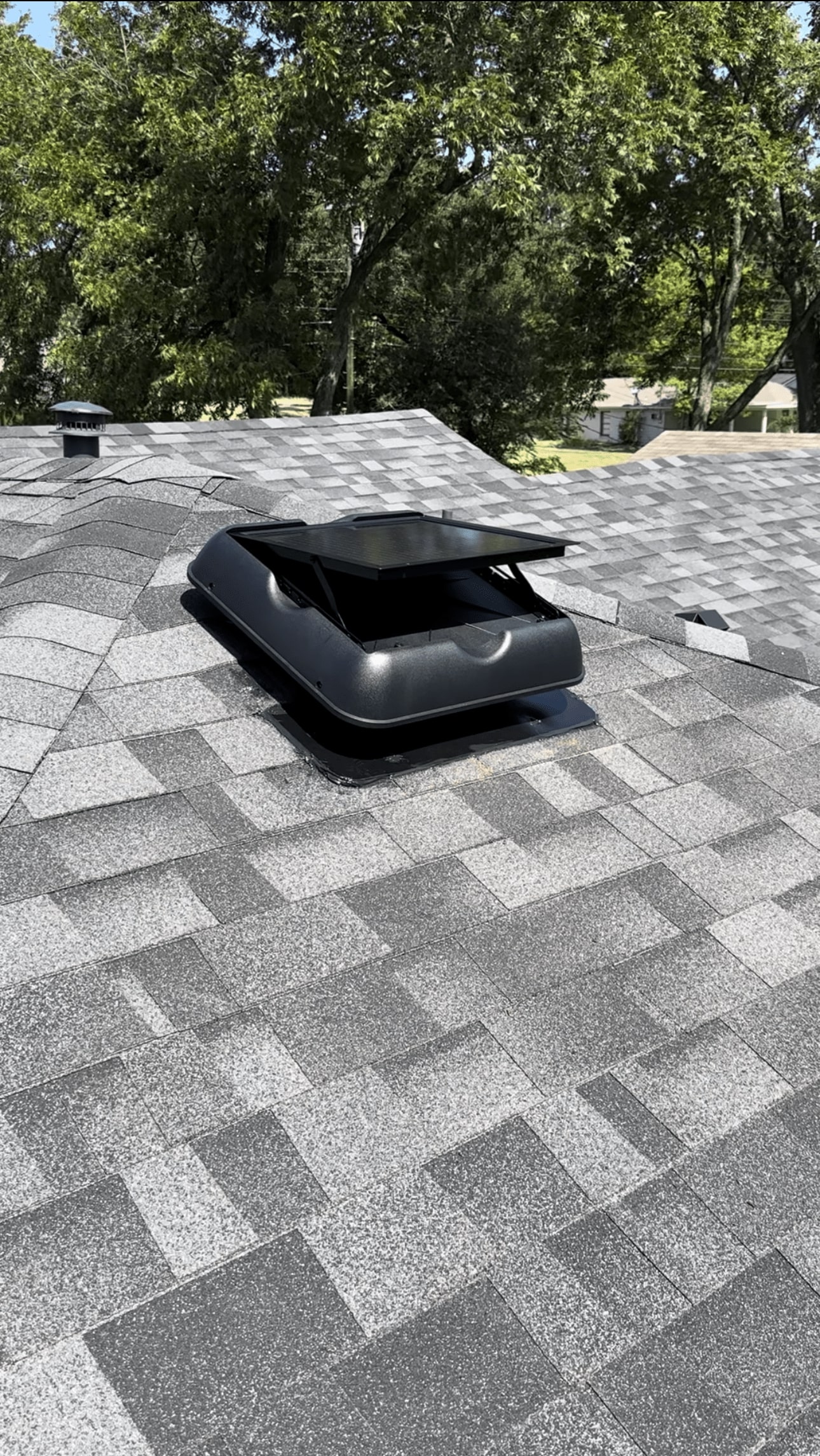The Best Guide To Green Attics
The Best Guide To Green Attics
Blog Article
Green Attics - Truths
Table of ContentsThe Green Attics DiariesThe Facts About Green Attics UncoveredThe Of Green AtticsThe Ultimate Guide To Green AtticsThe 9-Second Trick For Green AtticsTop Guidelines Of Green Attics
Uploaded by Service Champions Cooling BlogWhen you turn on your heating, you want it to stay inside your home - Attic insulation. Powering up the heating causes the heat to climb directly up into your attic room. It's after that as much as your attic room insulation to do its work and obstruct the warm from escapingIt's obvious that you need to spend your time and cash right into shielding your home, yet what attic room insulators are out there for you to select from? Which attic room insulation is ideal? And what are the possible dangers of each of them? This short article will outline the 4 kinds of attic room insulation you can choose from, plus study the pros and cons of each.

Green Attics Things To Know Before You Get This
Why is fiberglass batt insulation so popular? It's several advantages consist of: As an entire, fiberglass is significantly environment-friendly.
Fiberglass batt insulation rarely shrinks or falls down. This results from the air pockets that take place in production. Installment is uncomplicated. It's so uncomplicated that lots of house owners select DIY installation. If you follow this course, you 'd be dodging an installation charge. Fiberglass batt insulation is also soundproof, aiding minimize external noises and maintain interior audio inside the building.

Not known Facts About Green Attics
If moisture is taken in by the fiberglass batt insulation, it can breed harmful mold and mildew. Rodents and various other unwanted guests like fiberglass batt insulation, and often make it their home.
When utilizing the blown-in method, it fills the attic better, guaranteeing it's air-tight. Consequently, it fills any cracks or gaps, also in unpleasant rooms. This decreases the quantity of hot air getting away and cool air going into. It additionally traps sound. The blown-in distribution approach is much quicker. It takes an issue of hours to obtain your attic insulation up and running.
After the insulation has worked out, it's shown that the R-Value lowers. It requires much more maintenance than various other kinds of attic insulation on our list. Needs to the insulation get damp, eliminating the insulation isn't as very easy as removing fiberglass batts. You'll need to choose it all up, while wearing handwear covers, and eliminate it bit by little bit.
This attic insulation is also blown-in utilizing a blowing maker, nevertheless the material made use of is different. The material utilized right here is cellulose. This is made from all different recycled product, including things constructed of wood, papers, and cardboard. After that, boric acid and various other compounds are put on flame-proof the attic insulation.
The Only Guide to Green Attics
(https://green-attics-48378537.hubspotpagebuilder.com/blog/greenatt1cs)
Is blown-in cellulose insulation worth it? Below's what it can provide your home: Generally, blown-in cellulose is much better for the world. With cellulose being made from simply recycled material, there's no demand to generate brand-new material. Recycling this is eco-friendly. The boric acid and various other compounds aid to fire evidence the insulation and slow the spread of fires.
Blown-in cellulose insulation has an R-Value that is 23 percent higher than fiberglass batts. Cellulose also aids decrease wind-washing. What are the cons of installing blown-in cellulose Find Out More insulation in your attic room? Here are the drawbacks: Cellulose is eco-friendly, nonetheless the more substances that are included are not. Boron is needed to create boric acid, and the mining procedure that mines boron is unsafe to the atmosphere.
Rectifying this circumstance can be labor and time intensive, as you'll need to select up the insulation bit by little bit, rather than in one roll. The last kind of attic room insulation is spray foam insulation.
Fascination About Green Attics
Unlike all the other sorts of attic insulation, spray foam insulation is the only type to come as a liquid. After being sprayed, it thickens and grows, and afterwards sets as a resilient foam. This foam slides neatly into any type of voids, locking closed, and cuts off any escape routes for your heating.
What are the disadvantages of spray foam insulation?: The upfront repayment for spray foam insulation is greater than the other kinds of attic insulation on our checklist. It's worth thinking about that, due to high levels of energy effectiveness, it'll likely balance out or also end up being more affordable in the long-run to maintain your home warm.

An Unbiased View of Green Attics
Fantastic care requires to be taken around the foam, and you'll require to put on safety glasses, a mask, and a respirator. With 4 kinds of attic insulation and their pros and cons, you're currently able to make a notified decision, understanding the benefits and downsides to each. That's why I can state with self-confidence that the best way to protect my attic is with low-cost cellulose or fiberglass insulation used over a closed attic flooring.
Report this page